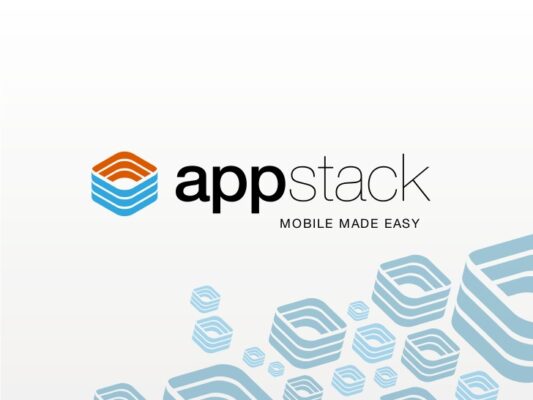The app stack consists of software programs arranged to work together aimed to achieve a solution. They provide a suitable environment for apps to work towards a common goal. When there’s a pile of operations happening together, they get into a queue. After that, they get selected on a priority basis. It has a structure that allows you to add or delete the app, one at a time, using a principle known as Last In First Out (LIFO), which helps to regulate the memory.
12 Advantages of using App stack
- A user can seamlessly swap the apps under one umbrella.
- It makes your mobile phone even smarter with an App Stack.
- Users can find out all the information concerning the app functions.
- App stack helps a user to manage the dynamically allocated memory and several languages.
- There’s seamless management of prefix and suffix notations, which get identified easily.
- If you need to add more apps, you can easily do it or reduce some of them according to your wish.
- App stack saves time since the apps are already inside the application.
- The application cost is cheap since the hardware required is less.
- A developer can easily switch from the server and client application.
- Even as the user collaborates with the cloud, he gets assured that his data will still be safe.
- It works well in cross-platform.
- The management of the apps done inside the App Stack helps to manage memory without any drawbacks.
App Stack Uses
- A user can backtrack a game, or look for other applications using Depth First Search or full-stack.
- App Stack can help you schedule an algorithm.
- As the apps work simultaneously, you can see the prime applications using the user login page.
- There’s a graph in App Stack that shows network connections of communication, social sites, and data flow managed inside.
- After the routing, the network uses a specified pattern to avoid distortion, ensuring smooth communication between the system.
- There are several virtual machines involved to allow the word processing in the application.
- The hash table inside the App Stack enables faster data lookup.
- There is a valuation done of various expressions such as arithmetic, and control structures.
How to create an AppStack
Before you create an AppStack, you should have an appropriate uploaded template.
- Go to the App Volumes Manager, where you will find Volume>AppStack>Create AppStack that you need to click.
- Then you need to fill in the below information;

- The next step is to click create.
- You can choose to have your creation happen in the background as you proceed with other tasks or wait for the processing of the AppStack to finish.
Since the AppStack cannot be fully complete without provisioning, we shall examine how to go about it.
Consider the below when provisioning AppStacks
- The network you will be using needs to be constant.
- The operating system on the device you are using must be non-persistent.
- The VHD in-Guest mode should be the only supported machine in manager mode.
- The provisioning of the internet explorer into an AppStack should not have any support.
How to provision an AppStack
Now that you have successfully created the AppStack, provisioning should follow. Which is then attached to the provisioning computer.
Procedure

- Open the App Volumes Manager console, and click-Volumes>AppStacks. A display of available AppStack will appear.
- From the list, you choose what you need to provision.
- You can find the provisioning computer by typing the computer’s name partially or full name.
- Now click Provision and attach the AppStack to the machine.
- To complete the process, you will log in to the computer and install the applications into AppStack.
Installing Applications in AppStack
First, ensure the provisioning machine has App Volumes agent configured so that it can connect to the App Volumes Manager.
Procedure
- Open the provisioning computer and log in, ensuring you are in provisioning mode.
- By following the on-screen guidance, you will be able to install all the applications you need in the attached AppStack.
- After the app installation finishes, click OK to finish.
- Now you need to restart the provision-machine and log in.
The AppStack should show in the provisioned AppStack. Once it’s ready, you can assign it to users.
How to update an AppStack
App Volumes creates an AppStack clone when you update the AppStack, which puts the updated one, in an unprovisioned condition.
Procedure
- When you go to the App Volumes Manager console, you will find VOLUMES (2.X) >AppStacks, click that.
- Click or checkbox of the AppStack you want to update.
- After that, click the update.
- Now you can put the information needed and Create.
5.After you finish the whole process, Provision the AppStack.
Conclusion
you don’t have to wait any longer to reap the benefits of an App Stack. Everything you need to know about AppStack, including its uses, how to create it, the advantages of using it, creating provisions, installing applications, and updatings are all here.

Naman Modi is a Professional Blogger, SEO Expert &; Guest blogger at ebuilderz.com, He is an Award-Winning Freelancer & Web Entrepreneur helping new entrepreneurs launches their first successful online business.





